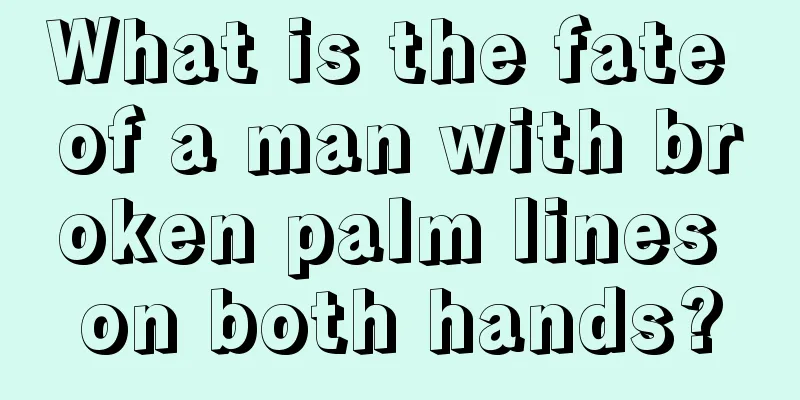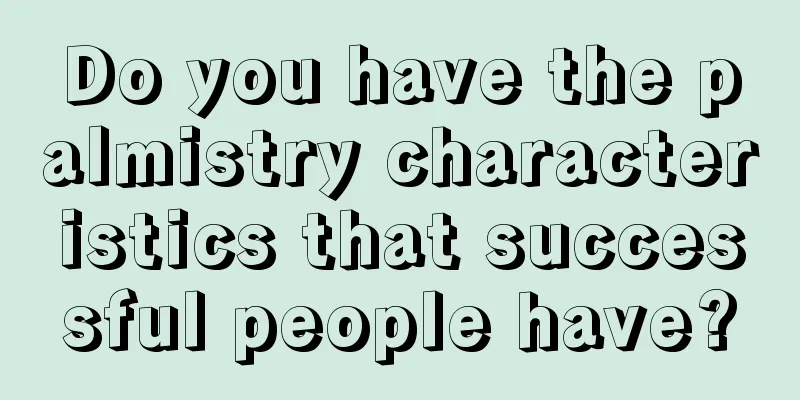Swift announces development of blockchain APP to optimize global cash liquidity, with hundreds of banks participating

|
The Society for Worldwide Interbank Financial Telecommunication, or Swift, the platform that connects most of the world’s banks has begun work on creating a global blockchain app to streamline cross-border payments. Swift today officially announced that it is integrating open-source blockchain technology into its products to create a proof-of-concept (POC) that could replace so-called “nostro” accounts — those filled with cash from banks around the world. If successful, the blockchain application could finally fulfill a long-held dream of Swift’s — freeing up funds stored in nostro accounts so they can be invested in more profitable initiatives. In his speech, Wim Raymaekers, Head of Markets at Swift Bank, explained what this distributed ledger technology (DLT) trial means for their clients. Raymaekers said:
Currently, 11,000 global financial institutions are monitoring their global accounts through the Swift platform, which updates credit information through daily statements. Swift’s statement said that the maintenance of these accounts accounts for a “significant portion of the cost of cross-border payments.” Raymaekers believes that it is not clear how much cost the blockchain app can save.
Specifically, Swift hopes to reduce the cost of reconciliation between independent databases maintained by members, lower operating costs and free up working capital for other investments. The trial appears to be part of a wider exploration of various blockchain solutions. For example, earlier this year, a blockchain proof-of-concept was created using the open-source Monax codebase to test the potential benefits and rationale for moving the ISO 20022 standard to a blockchain. Swift’s latest blockchain proof-of-concept uses the Hyperledger codebase, of which Swift is a member. However, only authorized members will be able to use the POC, which will integrate Swift's own identity management platform and public key infrastructure (PKI), a security framework based on cryptographically verified digital signatures. Raymaekers said:
Swift didn't wait for a mealSignificantly, Raymaekers repeatedly stressed that he believes Swift is ready to solve customer problems caused by existing legacy technologies. As early as 2003, Swift had established a working group of banks that have been leading the creation of a decentralized model for interbank information exchange. While this early work appears to have been eliminated in Swift’s intraday liquidity project, work continues on improving nostro accounts. According to a 2012 Swift report, Raymaekers found that the top 80 global payment banks in the Swift network had reduced the number of nostro accounts in Europe and the Americas by 16% and 11%, respectively, while the number of nostro accounts in the Asia-Pacific region increased by 4% from 2005 to 2011. The changes were prompted by concerns about the 2007 financial crisis, and Swift describes this as "correspondent banking 3.0". The current blockchain push is now part of an expanded effort by Swift’s Global Payments Innovation Initiative (GPI). Global Payment InnovationTaking a step back, the Swift Global Payments Innovation Initiative (GPI) itself is just part of a series of sweeping changes at Swift aimed at simplifying global cross-border payments. Swift’s blockchain app is expected to launch in early 2017 with the participation of about 100 banks . Swift is working to simplify the process and standardize the messages for which it is best known, international payment instructions. Raymaekers said traditional techniques have largely accomplished their goals, but that is only half of GPI's goal. GPI also aims to streamline nosocomial and other reconciliation processes, which Raymaekers believes would be an ideal use case for distributed ledger technology. Raymaekers concluded:
|
>>: The joy and sorrow of Bitcoin players
Recommend
Which year will be the most prosperous according to face reading?
Which year will be the most prosperous according ...
Six facial features of women with unhappy marriages
A person’s character and destiny can be seen from ...
Huobi.com and OKCoin stop all virtual currency business; platform managers are temporarily not allowed to leave Beijing
The suspense about whether Bitcoin and other virt...
Are girls with full foreheads smart? What good fortunes do girls with full foreheads have?
A full forehead generally means that the forehead...
Bitcoin's 4 Endgames
It is difficult for people who have learned about...
German real estate group issues $24 million in property bonds using Stellar blockchain
Prominent European real estate group Vonovia has ...
BTM machine is launched: you can withdraw Bitcoin by scanning the QR code with your mobile phone
Everyone is familiar with ATM machines. Many peop...
Women with moles on their backs have strong learning ability and outstanding literary talent.
Women with moles on their backs have a particular...
Crypto Wallets Are the Next Target of SEC Enforcement Actions?
Cryptocurrency is already “non-compliant,” especi...
BCH halving is coming, are you ready?
Entering April, there is a major event that has a...
Sleeping Phoenix Eyes
Sleeping Phoenix Eyes Characteristics of sleepy e...
Judging the luck of a person's love life from his facial features
Judging the luck of a person's love life from...
LocalBitcoins trading volume hits record high, China becomes the biggest driving force, trading volume surges 5 times
Trading volume on the peer-to-peer bitcoin tradin...
What kind of people have energetic faces every day with upturned corners of their mouths?
It is very rare to find people who are full of en...
Mole analysis: where a mole grows means something bad
Everyone has some moles on their body. The locati...









